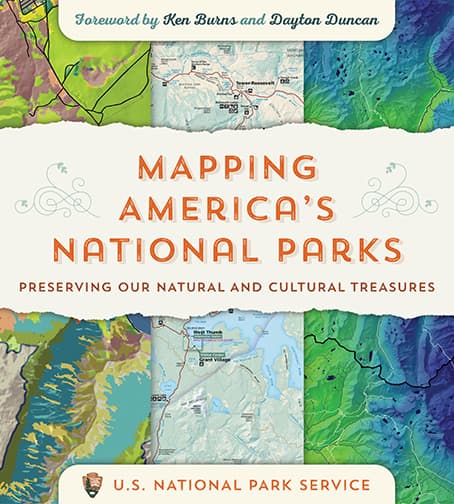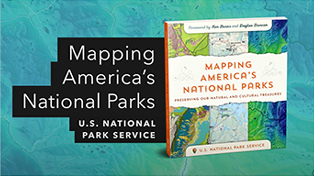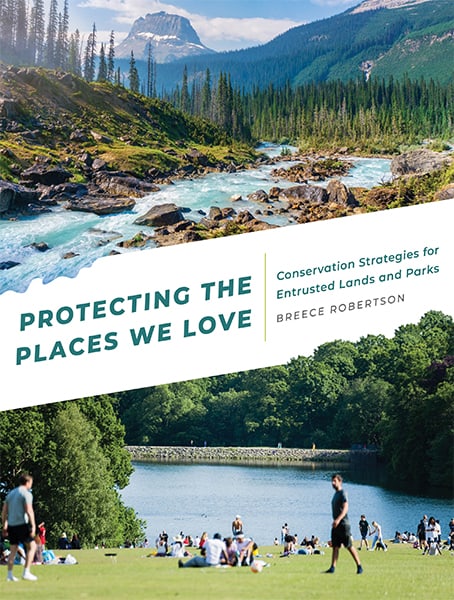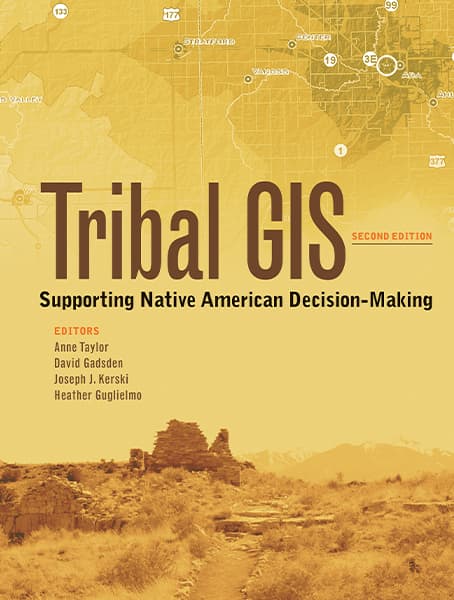Book details
Maps easily cap your first greeting upon arrival at a national park, allowing you to visualize its vastness, plan your trip, and keep a compact souvenir of your visit. But for the US National Park Service (NPS), maps do more than provide guidance and navigation. Maps help the NPS protect visitors and natural resources. They help manage fires, both unplanned and prescribed. They provide a basis for preserving cultural resources, such as archaeological sites and historic buildings, and for establishing needed facilities, infrastructure, and transportation.
The maps in Mapping America's National Parks: Preserving Our Natural and Cultural Treasures are not only beautiful representations of special places. Within the maps are layers of geographic information—a bevy of research and science—that the NPS uses to perform these myriad essential services and to ultimately fulfill their mission.
With over 240 full-color maps and photographs of national parks, monuments, battlefields, historic sites, lakeshores, seashores, scenic rivers and trails, and more, Mapping America's National Parks takes you on a journey through our most treasured locations and shows how geographic information system (GIS) software helps the NPS keep the balance between park enjoyment and preservation.
Through stories told by their own staff, discover how GIS helps the NPS:
- provide security for individual wildlife species, members of a crowd at a peaceful demonstration, and entire ecosystems;
- analyze where people most likely are stranded, where they are least likely stranded, and distribute assets in search and rescue operations;
- develop strategic plans, budgets, and protection for fire management; and
- share intelligence on wildlife trafficking, zoonotic diseases, field medicine protocols, and more.
Go behind the scenes to see how mapping and geospatial analysis support the full range of NPS natural resource stewardship and science activities. With NPS planning aided by geospatial technology, future generations of park visitors—your children and their children—will be able to enjoy our national parks for years to come.









